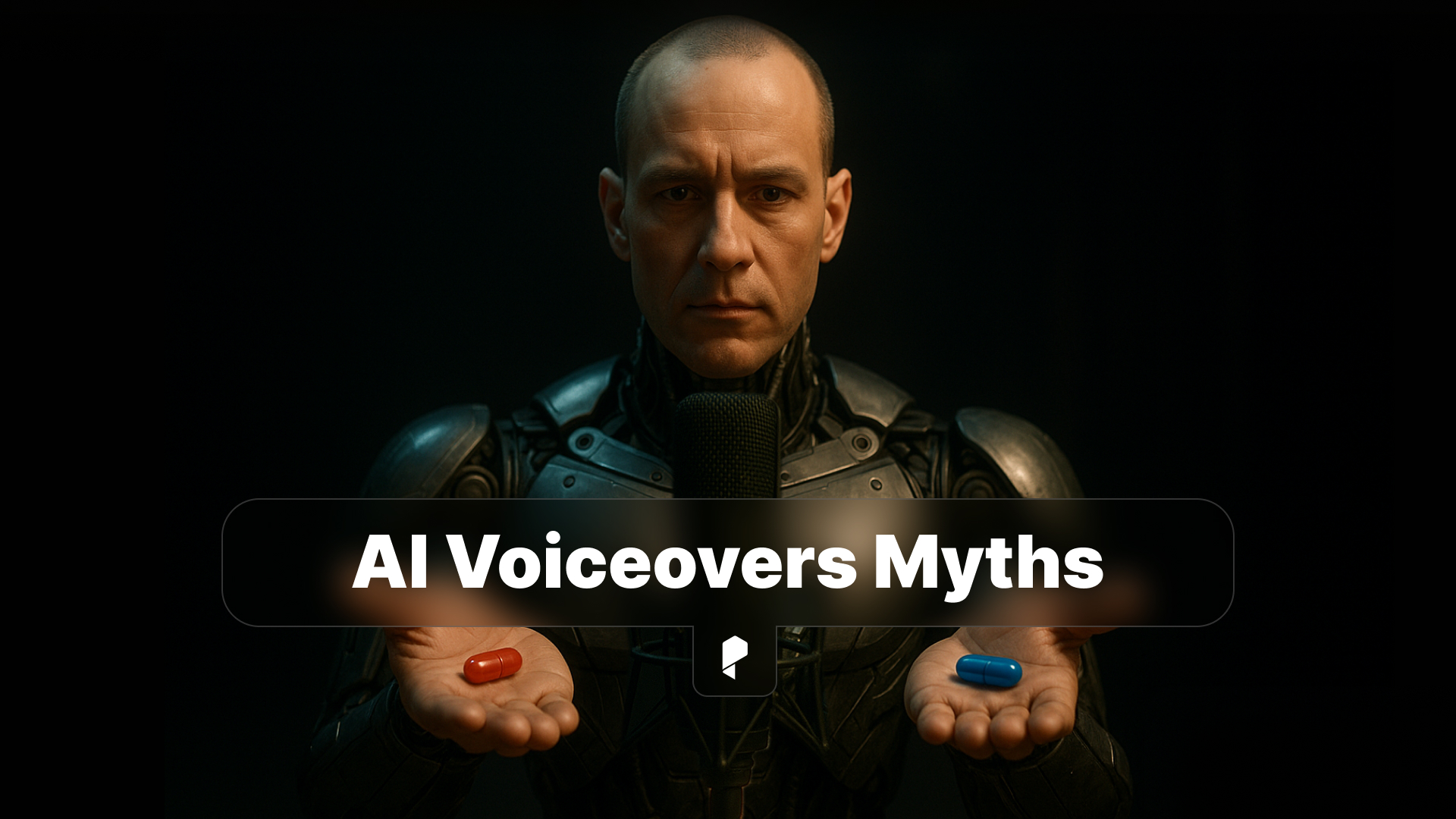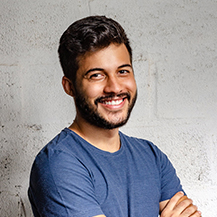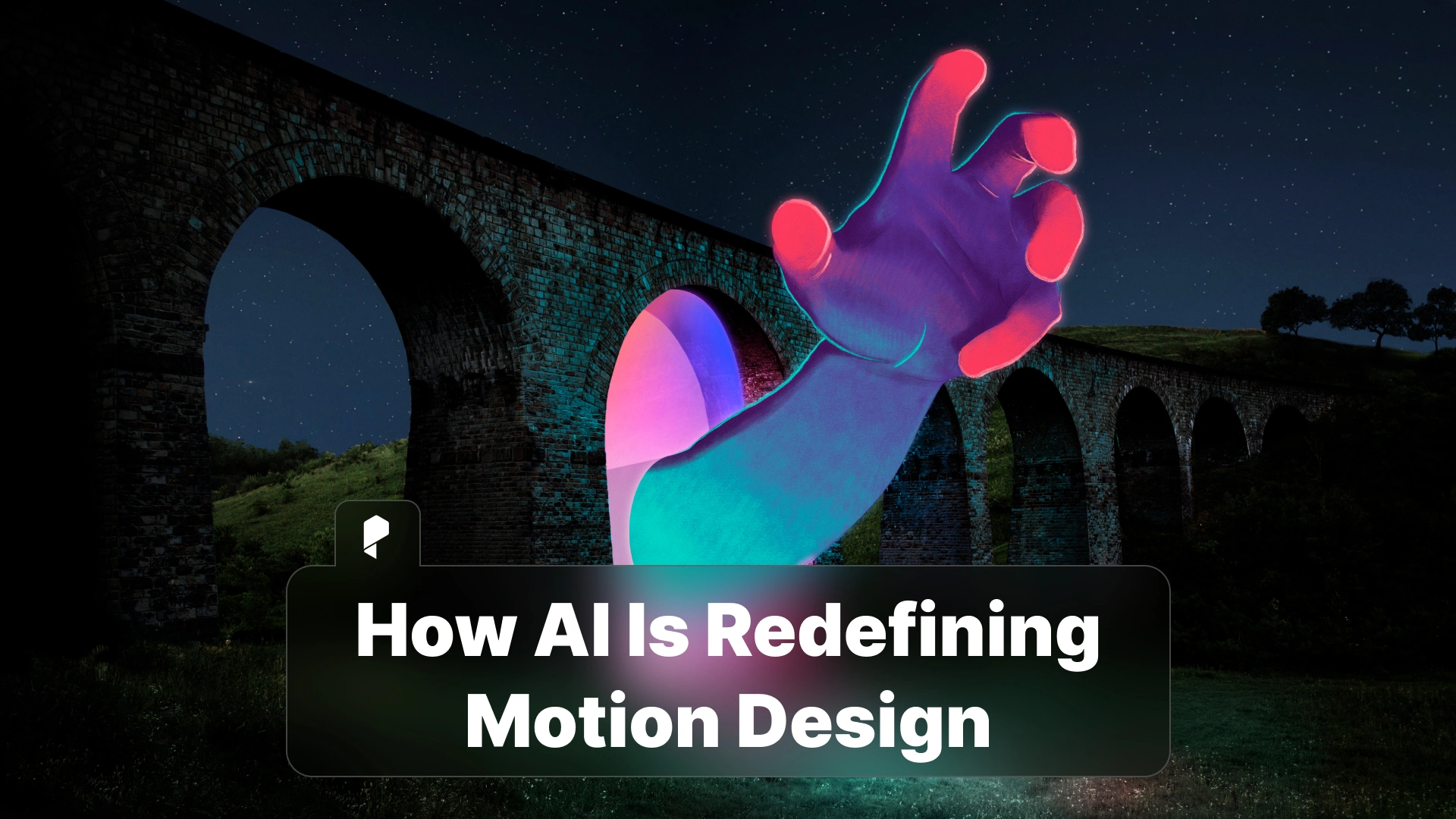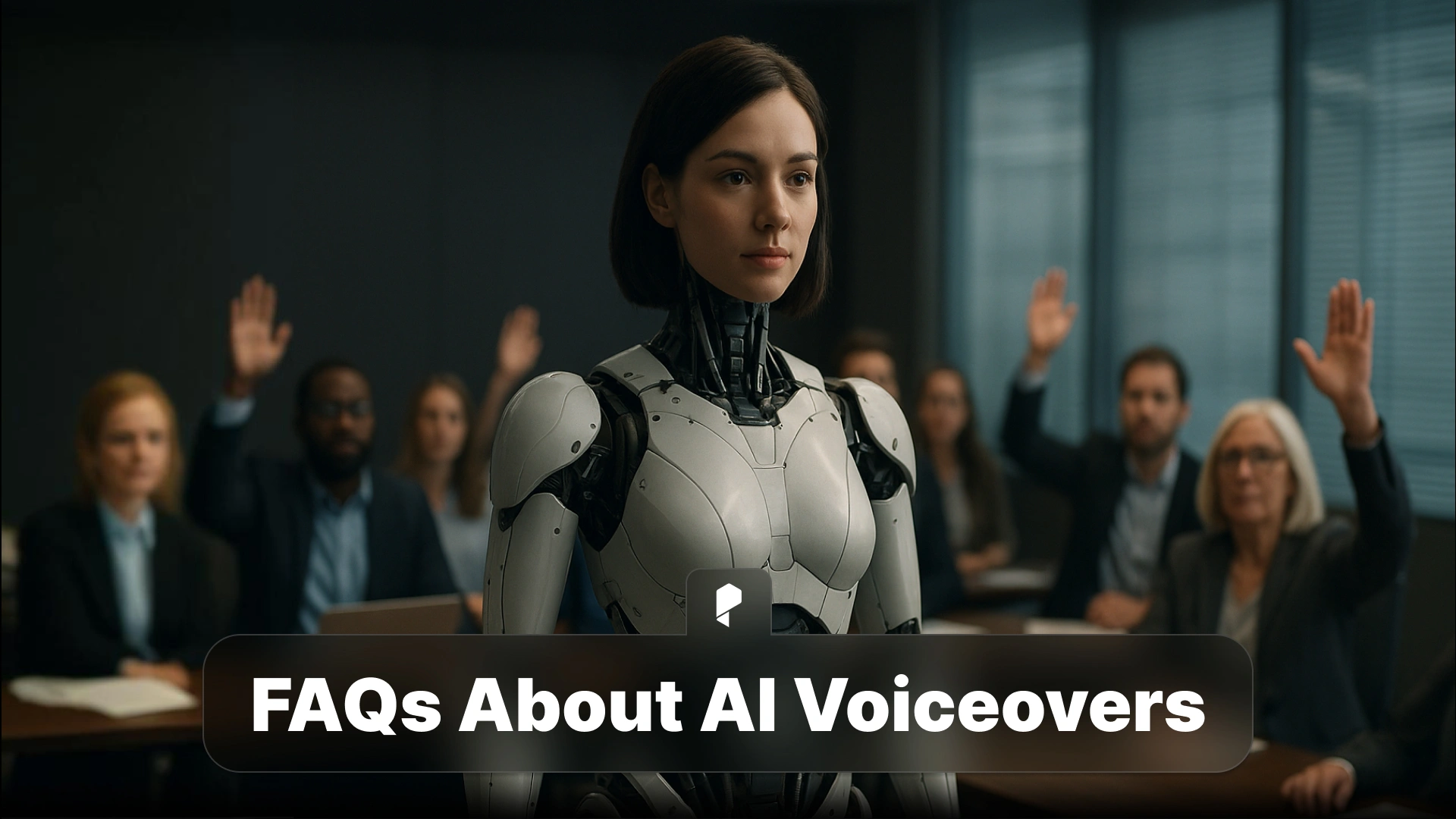Myths & Misconceptions About AI Voiceovers

- AI Voiceovers Always Sound Robotic
- AI Voiceovers Replace Human Voice Actors Completely
- AI Voiceovers Are Only for Low-Budget Creators
- AI Voices Can’t Handle Different Languages or Accents
- AI Voiceovers Are Illegal or Unethical
- AI Voiceovers Lack Creativity
- AI Voiceovers Are Low-Quality Compared to Studio Recording
By the end of this post, you’ll understand the truth about AI voice technology, debunk common misconceptions, and see why it’s a tool that can actually elevate your content. Curious to get started? Check out Pixflow’s AI Voiceover platform to explore real examples.
AI Voiceovers Always Sound Robotic
Modern AI can mimic intonation, pacing, and emotion so well that many listeners can’t tell the difference between human and AI. Compared to the old-school robotic TTS engines, the gap is massive. AI voiceovers are now realistic enough for videos, podcasts, and social media content.
AI Voiceovers Replace Human Voice Actors Completely
The reality? The future is hybrid. Use AI to generate quick drafts, multiple language versions, or bulk narration, then let human actors polish or add flair where emotion matters. It’s all about combining speed with creativity. AI isn’t taking over, it’s enhancing what humans can do.
For a deeper dive, check out our guide: AI Voiceovers vs. Human Voice Actors: Pros & Cons.
Professional Video Templates
AI Voiceovers Are Only for Low-Budget Creators
AI can save time, reduce costs, and maintain quality without replacing human ingenuity. For example, global companies use AI to quickly localize campaigns for different markets or produce internal training material. Things that would take far longer with only human voice talent.
This shows that AI isn’t just for low-budget projects, it’s a strategic tool for creators of all sizes. Learn more about the Benefits of AI Voiceovers for Content Creators.
AI Voices Can’t Handle Different Languages or Accents
This capability powers campaigns that reach diverse markets without the headache of hiring multiple voice actors. From multilingual e-learning courses to international marketing videos, AI is helping creators scale globally, fast and efficiently.
Explore the true power of the AI voice technology and its global capabilities at Pixflow AI Voiceover.
AI Voiceovers Are Illegal or Unethical
When used properly, AI voiceovers are fully above board and a legitimate tool for creators. And yes, the myths stopping creators from using AI voiceovers often exaggerate the risks. AI is safe, ethical, and ready to help you produce high-quality content.
AI Voiceovers Lack Creativity
Creators are using AI to bring storytelling, gaming narration, and social media content to life in new ways. From dynamic character voices to energetic ad reads, the possibilities are endless. The idea that AI can’t be creative? Totally busted. With the right platform, you can make AI voices truly expressive and tailored to your content.
If you want to see how to create stunning videos with AI voiceovers, check out our guide.
AI Voiceovers Are Low-Quality Compared to Studio Recording
But here’s the thing: for YouTube videos, e-learning courses, marketing ads, and social media content, AI voiceovers are often “good enough” and fast. They let you produce professional-sounding audio without expensive equipment or long production cycles. Modern AI is bridging the gap between convenience and quality more than ever.
Final Thoughts
The future of voiceovers is hybrid. AI and human voices working together to create amazing content. Instead of fearing AI, embrace it as a tool to save time, expand your reach, and experiment creatively.
Ready to try for yourself? Explore Pixflow AI Voiceover and see how modern AI can elevate your content today.
Also, if you want more tips and insights, check out our related guides:
Disclaimer : If you buy something through our links, we may earn an affiliate commission or have a sponsored relationship with the brand, at no cost to you. We recommend only products we genuinely like. Thank you so much.









